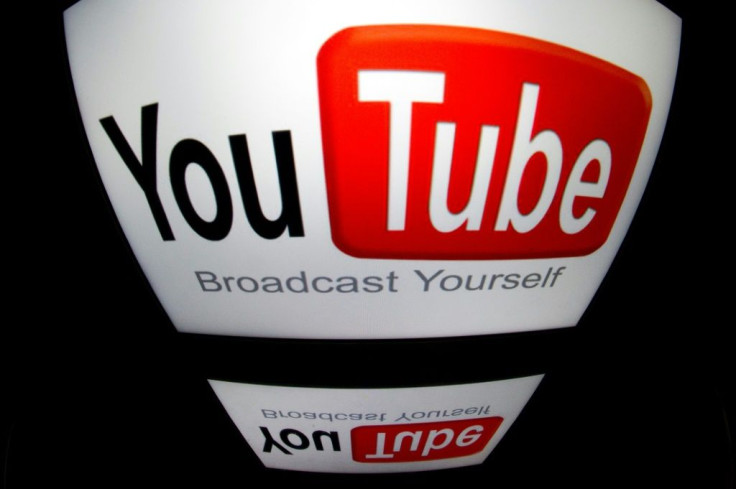Where Does YouTube's Content Come From? A Pew Study Finds Just A Few Channels Supply Most Videos

The Pew Research Center concluded Wednesday a small number of YouTube channels produce 70% of the platform’s content and the most popular channels have no English content.
Pew analyzed 43,770 channels with at least 250,000 subscribers Jan. 1-7. It found 73% of U.S. adults – and 90% of 18- to 24 year olds – use YouTube, making it the most-used social media platform. Facebook comes in second at 69%.
The site, which is owned by Google parent Alphabet and makes most of its money by splitting ad revenue with content suppliers, has come under increasing scrutiny for the proliferation of white supremacist propaganda and channels peddling conspiracy theories, and recently agreed to pay a $170 million fine for targeting children with ads.
In a recent interview on CBS’ “60 Minutes,” YouTube CEO Susan Wojcicki said She tries to police the platform but the company’s commitment to free speech sometimes makes it difficult to know where to draw the line on what is considered harmful.
The Pew survey found the biggest YouTube channels generated 48,486 hours of content in the first week of January, receiving more than 14.2 billion individual views. The videos averaged 12 minutes and received an average 60,000 views within seven days of posting.
Among the most popular channels 10% were responsible for uploading 70% of all videos and drew 79% of all views, with the most popular dealing with video games.
More than half of the most popular YouTube channels uploaded at least one video in the first week of 2019, only a third of which were in English. Across the platform, just 17% of videos were completely in English, Pew said.
Wojcicki said more than 1 billion people listen to music on YouTube every month.
Children’s content and videos featuring children also were popular, Pew found, with 81% of parents with children younger than 12 allowing their kids to watch YouTube videos. Wojcicki said she does not allow her children browse videos unless they’re using the YouTube Kids app, which is designed for children less than 13 years of age, and she limits the amount of time they can watch.
About two-thirds of adults said they have run across false content on the platform, and 60% said they have seen videos of people engaging in dangerous or troubling behavior.
Half of adults said they use YouTube to gain new skills, and 28% said they use it to get news.
The Pew survey also found a study of YouTube’s algorithm indicated it pushes users toward longer and longer videos.
© Copyright IBTimes 2024. All rights reserved.




















